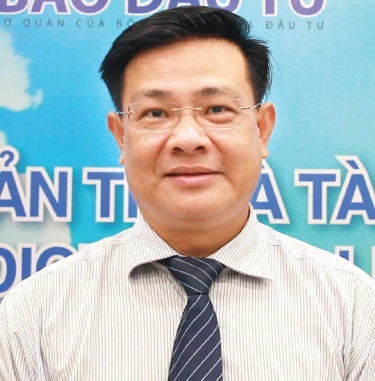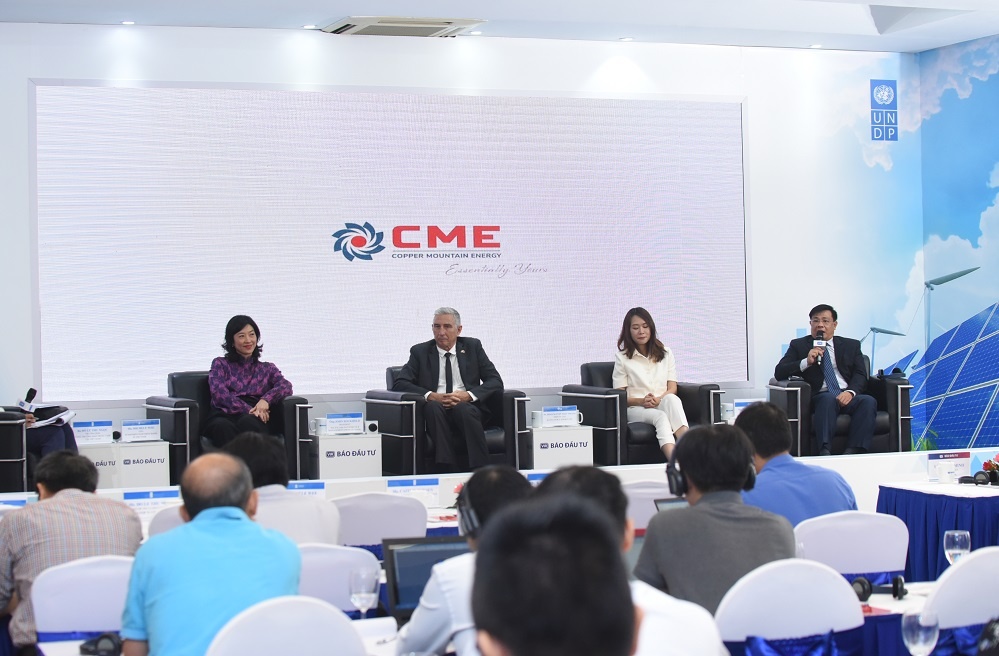Uplifting capacity for renewable investors in Vietnam
 |
| Bui Trung Kien, vice chairman of CME Solar Investment JSC |
What policy and governance elements do you believe have contributed to your success?
The government’s clear guidelines and policies, on restructuring power sources from conventional energy to renewable energy, provide the basis for investors like CME to decide and pioneer in investment and development of renewable energy.
Decision No.11/2017/QD-TTg from 2017 on the incentive mechanism for solar power projects and the government’s direction in developing the Power Development Plan VIII on shifting from coal power to renewable energy in electricity production has helped, as has the announcement of Vietnam’s net-zero commitment by 2050.
These factors are crucial for CME to select a long-term investment plan in developing renewable energy, building capability, processes, technology, and cooperative partnerships.
What policies and processes might promote CME’s expansion?
To promote the main guidelines, particular procedures for the execution of projects must be prepared simultaneously and closely following the government’s encouragement, in order to prevent the construction of obstacles that make it difficult to invest. During the transition phase, construction-related processes and procedures should be swiftly published and streamlined.
Currently there is still a lack of a clear policy on electricity connection and purchasing prices, making it difficult for investors. Obstructions must be removed as soon as possible for rooftop solar power as it boasts many advantages and is not limited in capacity development.
To do so, procedures related to connections, transitional electricity prices, construction, and other relevant aspects should be established as soon as possible. In addition, the local carbon credit system and market must be established expeditiously in order to establish a connection between this market in Vietnam and the global market, thus boosting the advantages for investors and enterprises using renewable energy.
 |
How can CME win the credibility and confidence of investors?
CME invests in and runs the full rooftop solar power model, and sells electricity directly to the factory at a lower price than Electricity of Vietnam. We are already receiving funding from worldwide credit and financial organisations with an interest in this subject. By adopting this business model and collaborating with firms that utilise renewable energy, CME has an edge when gaining access to funding. In addition, we assist them in saving money through the use of renewable energy. The increase in revenue is what enables our clients to consume the renewable energy that we supply. Thus, we demonstrate our potential to our investors.
What is the expected magnitude of renewable energy investment and the role of domestic banks in financing long-term renewable projects?
Common estimates state that the requirement for investment capital for electricity development by 2030 will be around $16.6 billion per year, with the yearly source portion above $13 billion. Renewable energy will represent around 26 per cent of the source structure.
The minimum annual demand for renewables is around $3-4 billion, and the investment cost is frequently higher than that of traditional power sources. The demand for capital is equivalent to the entire investment in power sources throughout the 2016-2020 period, which is planned to increase by 21.6GW.
This is a massive capital need, particularly for the long term funding, which is a scarce financial source of commercial banks.
Capital from local banks is vital for the effective implementation of renewable energy initiatives. Domestic banks may offer funding from mobilised sources or function as disbursement agents for credit institutions or international investment funds for green energy. The development of mobilisation and connectivity of foreign capital sources would enable and strengthen the capital financing capabilities of local banks in this field.
What the stars mean:
★ Poor ★ ★ Promising ★★★ Good ★★★★ Very good ★★★★★ Exceptional
Related Contents
Latest News
More News
- Heavy industries set for pilot greenhouse gas quotas (December 25, 2025 | 10:00)
- Swedfund invests in MSME growth and climate action in Vietnam (December 19, 2025 | 11:42)
- GreenYellow brings solar energy to light up remote schools in Tuyen Quang province (December 19, 2025 | 08:00)
- Charge+, Grab partner to develop EV charging network in Vietnam (December 18, 2025 | 17:11)
- Linking sci-tech and innovation to Vietnam’s net-zero future (December 18, 2025 | 14:31)
- Driving double-digit growth through green and circular transformation in Vietnam (December 17, 2025 | 09:00)
- Standard Chartered and ACCA deepen collaboration to develop Vietnam’s talent for a sustainable future (December 15, 2025 | 18:18)
- Schaeffler reports strong early output from Dong Nai solar project (December 12, 2025 | 15:16)
- Forestry conference highlights biodiversity and sustainability goals (December 09, 2025 | 13:35)
- Home Credit honoured among top 10 sustainable companies in trade and services (December 09, 2025 | 12:18)

 Tag:
Tag:





















 Mobile Version
Mobile Version